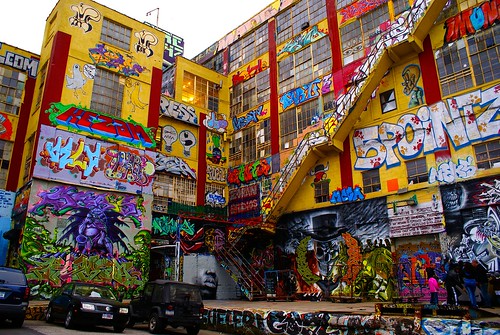The connection between climate, terrestrial-ice and Alaskan cultures...WOW.... so much information to retrieve....so little time to absorb...and so many appealing frozen images to choose...
Frozen river
Glacier
Terrestrial ice is ice on land such as, glaciers, permafrost, and frozen lakes and rivers. Terrestrial ice covers 10% of the Earth's surface and effects lives of people everywhere. Permafrost is a layer of soil that is frozen majority or all year long. Climate as described prior, is the weather over a period of time in a certain area. The Indigenous Peoples of Alaska lives are so interrelated and cling to facets of the climate and their surival. Their lives revolve around the climate and changing climate. Scientists have confered with Native groups on the changing climate to gather data and help gain a better u nderstanding of the long range changes.
It seems H2o is the strong connecting force here, of the 4 forces that establsih life on Earth. A demonstration I used to show my students was I would take a half gallon of water and say this demonstrates all the water on Earth. Then I would extract 3 tablespoons, and this shows how much fresh water on the Earth. Then takeout 1 teaspoon and say this is how much fresh water that is usable to us...I would follow this up with a demonstration of the water cycle. My objective would be to conserve and keep our fresh tiny drop of water clean and usable.
I now feel this valuable lesson may be used with many other objectives observed in this unit. I think I called it, "A drop in the bucket", may have to change the name.http://ga.water.usgs.gov/edu/watercycle.html
10% of our Earth is covered by frozen fresh water. We only have acess to a portion of that for life. Due to the climate warming up in the Arctic regions the dominoe effect is taking action. One example is the warmer temperature is causing a rise in the insect population and they are infesting trees in some Arctic regions; this is causing the trees to die; these ecosystems are at risk and also the increase of extreme forest fires may become risks in these areas. Also the change in climate in the Northern hemisphere is causing the permafrost to decline. Studies have shown that with the continue rate by the next 30 years may decrease as great as 30%. This drastic change in the Arctic melting of permafrost impacts both fresh water rivers, lakes and the run off into the Arctic ocean. Another dominoe reaction is the majority of erosion and sediment deposit may alter these delicate ecosystems in rivers, lakes and oceans. These Northern cultures depend on the oceans, rivers and lakes for survival with the abundant of life support these areas offer. Arctic research http://iasoa.org/iasoa/index.php?option=com_content&task=blogcategory&id=41&Itemid=149 has observed for the past 30-40 years these climate changes and the impact it is having to the Arctic regions. The thawing of permafrost is also enabling carbon dioxide that has been trapped for an extremely long time to be released into the atmosphere. When this is relaesed into the system it excelerates the overall of the Earth's global warming. This does not just effect the Indeginous People of Alaska and life as they know it but everyone on this planet. Below are some pictures, I hope, of local receding glaciers that may seem slow moving but have really moved rather quickly in the evolution of time.
Alaska's glaciers are receding at twice the rate previously thought, according to a new study published in the July 19, 2002 Science journal. These two images show Portage Glacier, near Anchorage, Alaska, in about 1950 and in July 2001. The ice has pulled back nearly out of sight.http://www.worldviewofglobalwarming.org/pages/glaciers.html
Portage Glacier 1950 (historic photo from the Lulu Fairbanks Collection, University of Alaska Library, used by permission.)
Portage Glacier 2002
Portage Glacier 1914
Portage Glacier 2004 This exchange of blogging was assisted in the reading and reasearch contributed by TD: Mountain Ice, Earth System:Ice and Global Warming, If the Ice Melts and other sights listed in the text.
This exchange of blogging was assisted in the reading and reasearch contributed by TD: Mountain Ice, Earth System:Ice and Global Warming, If the Ice Melts and other sights listed in the text.



















